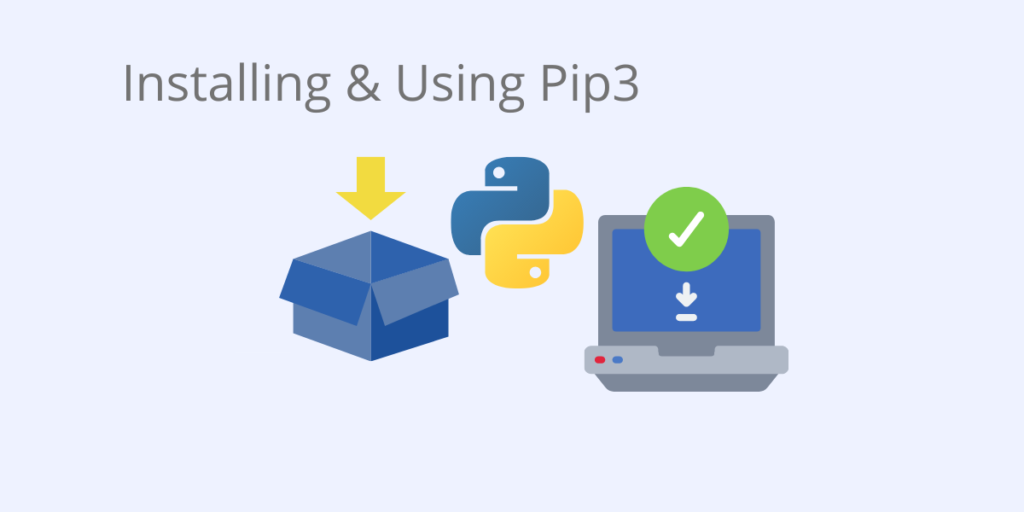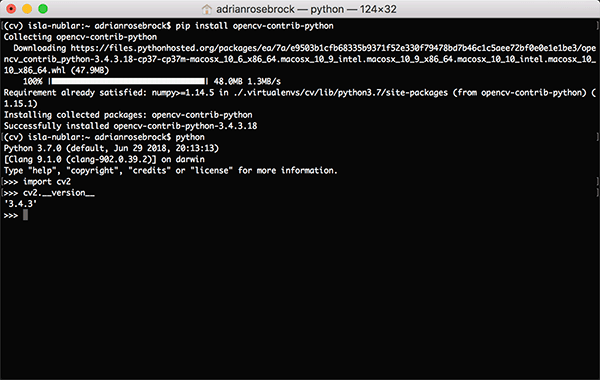
Output will be like Collecting Django Using cached Django-4.1.3-p圓-noneany.whl (8.1 MB)Ĭollecting asgiref=3.5.2 Using cached asgiref-3.5.2-p圓-none-any.whl (22 kB)Ĭollecting sqlparse>=0.2.2 Using cached sqlparse-0.4.3-p圓-noneany.whl (42 kB)Ĭollecting tzdata Using cached 圓-noneany.whl (338 kB) Installing the package “Django” pip install Django To install the latest version of a package, you need to run the below command: How to install the latest package version of pip? To verify if pip is installed or not, run the below command in Python virtual environment. Pip is the standard package manager for Python that helps you to install and manage the packages which are not included in the Python standard libraries. Pip was earlier known as “pyinstall” and later in 2008, it was renamed to “pip” by Ian Bicking. Install package using pip and ignore installed.How to install the specific pre-release version of a package using pip.Upgrading or downgrading the package without uninstalling the package.Uninstall existing package and re-install the required version.How to upgrade or downgrade to a specific package version using pip.



How to install the latest package version of pip?.How to check which packages are installed?.How to use the pip command to install the different packages?.Downgrading the pip to the specific version?.Upgrading the pip to the latest version?.How to upgrade or downgrade the pip version?.


 0 kommentar(er)
0 kommentar(er)
